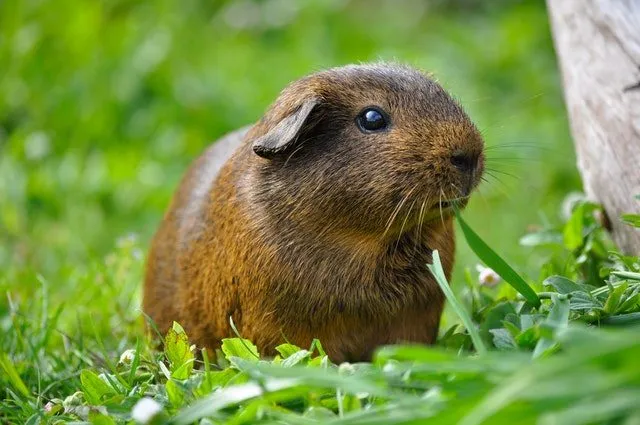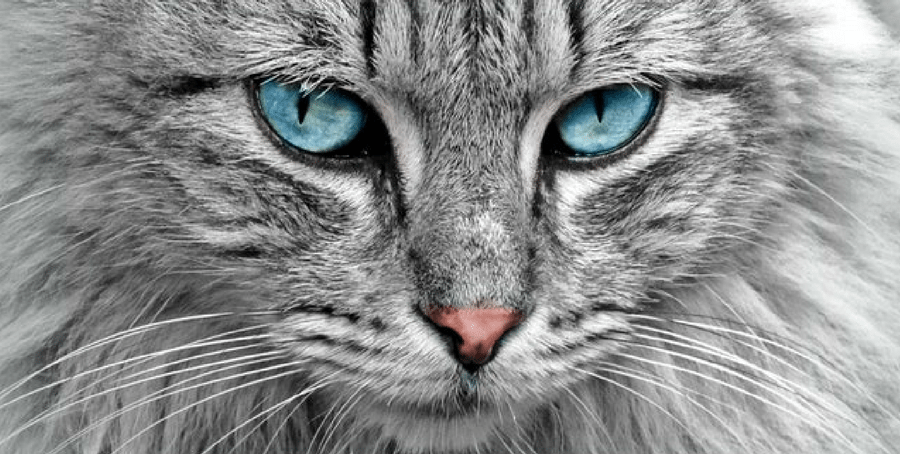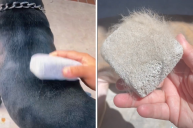They're called vibrissae, and they're there for more than just the cute factor.
Whiskers look pretty darn adorable on the faces of dogs, cats, horses, guinea pigs, and more, but these special hairs actually provide a benefit to these mammals.
Their technical name is vibrissae, a deviation from "vibration"—their main purpose. Whiskers pick up on vibrational cues in the environment that an animal's body might not sense otherwise. The sensory messages that whiskers pick up can mean a difference between life and death. Whiskers help warn prey of a predator or alert a predator to the presence of prey and help both in combative situations.
These hairs also aid animals moving about under the cover of night, essentially acting as a second set of eyes. Whiskers help with spatial awareness, especially in a tight space, and can sense when nearby objects may pose a threat.

Whiskers have been referred to as "tactile hair." Their receptor skills sense vibrations much like a radar detects movement.
READ MORE: Everything You Need to Know About Cat Whiskers
The structure of a whisker is unique from a normal strand of fur. Whiskers are thicker and more rigid, but, similarly to fur, they grow from a hair follicle.
Additionally, they are more deeply rooted than normal hairs —at least three times as much. They are nestled within blood vessels, abetting in their impressive sensory perception which gives them the sensitivity of a fingertip.

The whisker pattern in animals varies. Muzzles are not the only place for facial whiskers. Dog's whiskers, for example, can be found on the forehead, upper lip, and chin. Species, as well as breed and genetics, can play an important role in whisker placement.
Whiskers can fall out and grow back, but it is not recommended to trim them or pull them out. Animals rely on whiskers to communicate with the environment, so a pet owner wouldn't want to take away that advantage.
Have you ever noticed your pet using his whiskers? Tell us about it in the comments below!
WATCH NOW: Why Does Your Dog Lick You?




